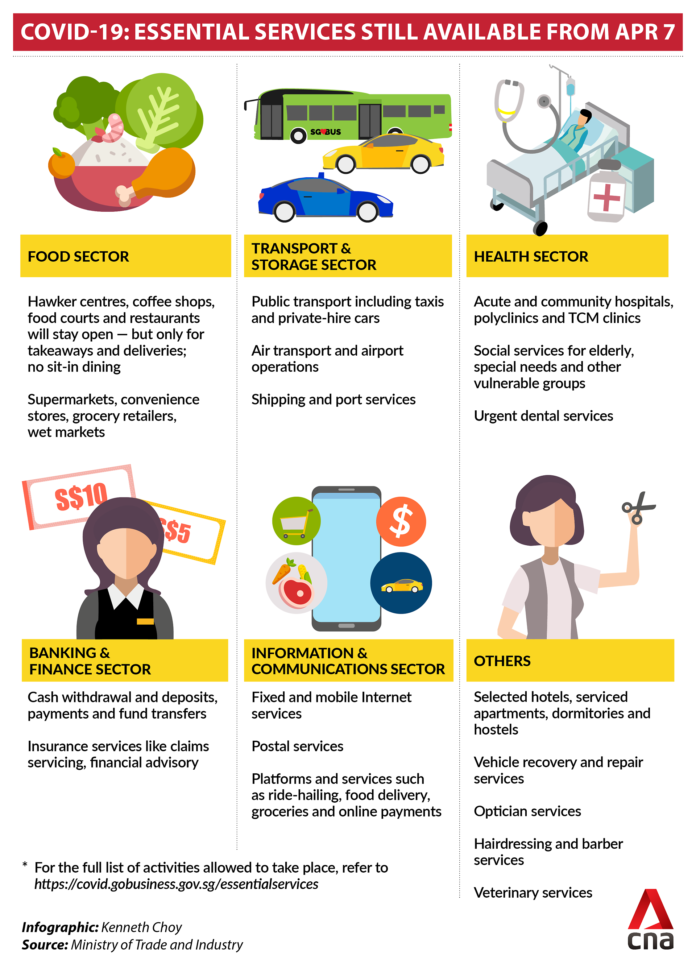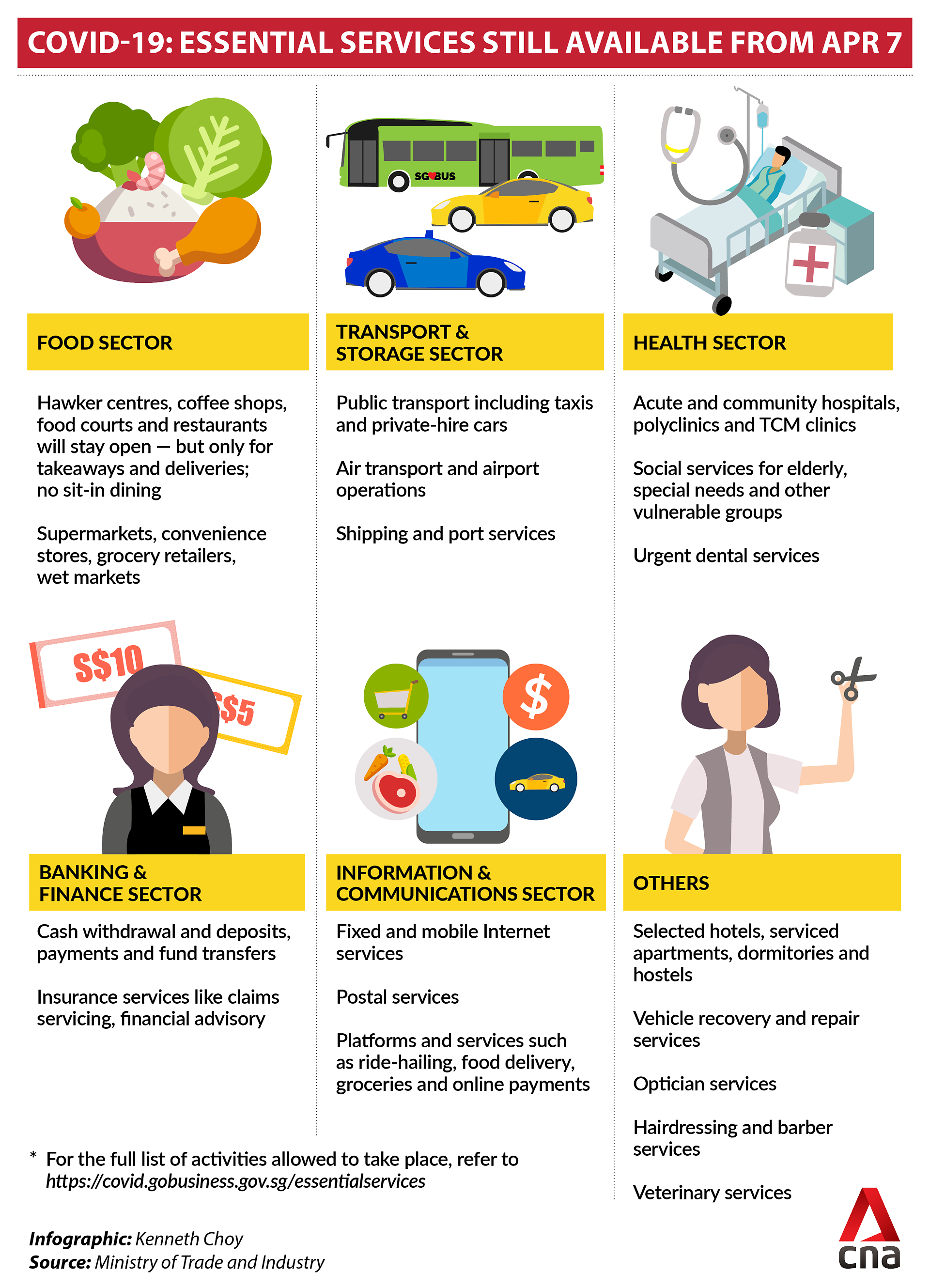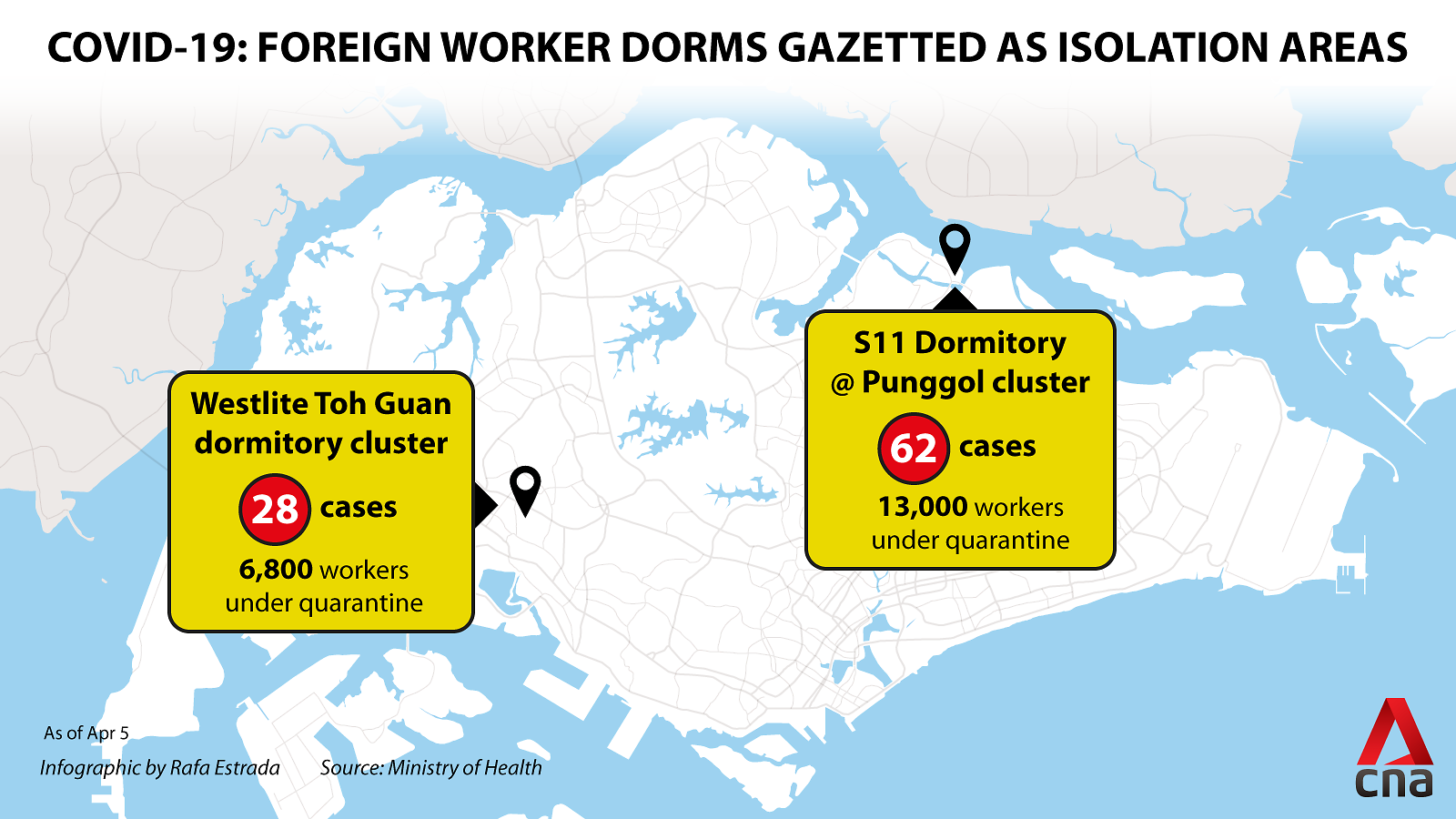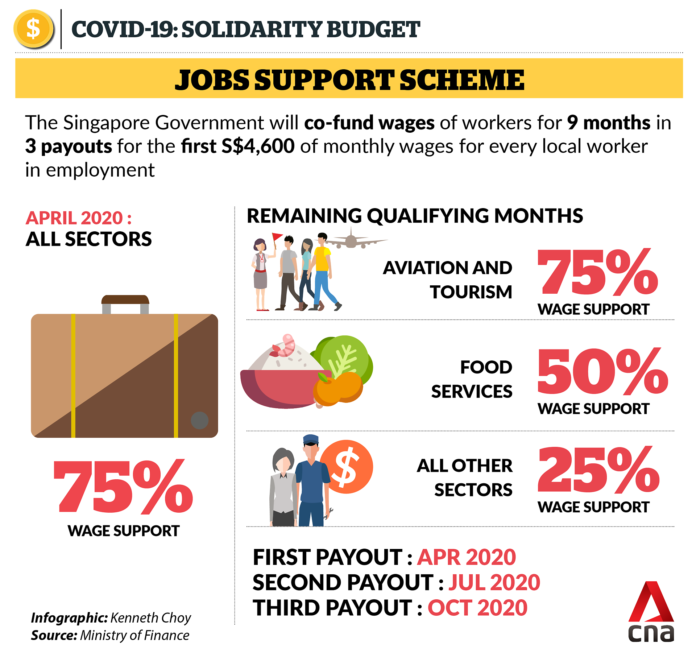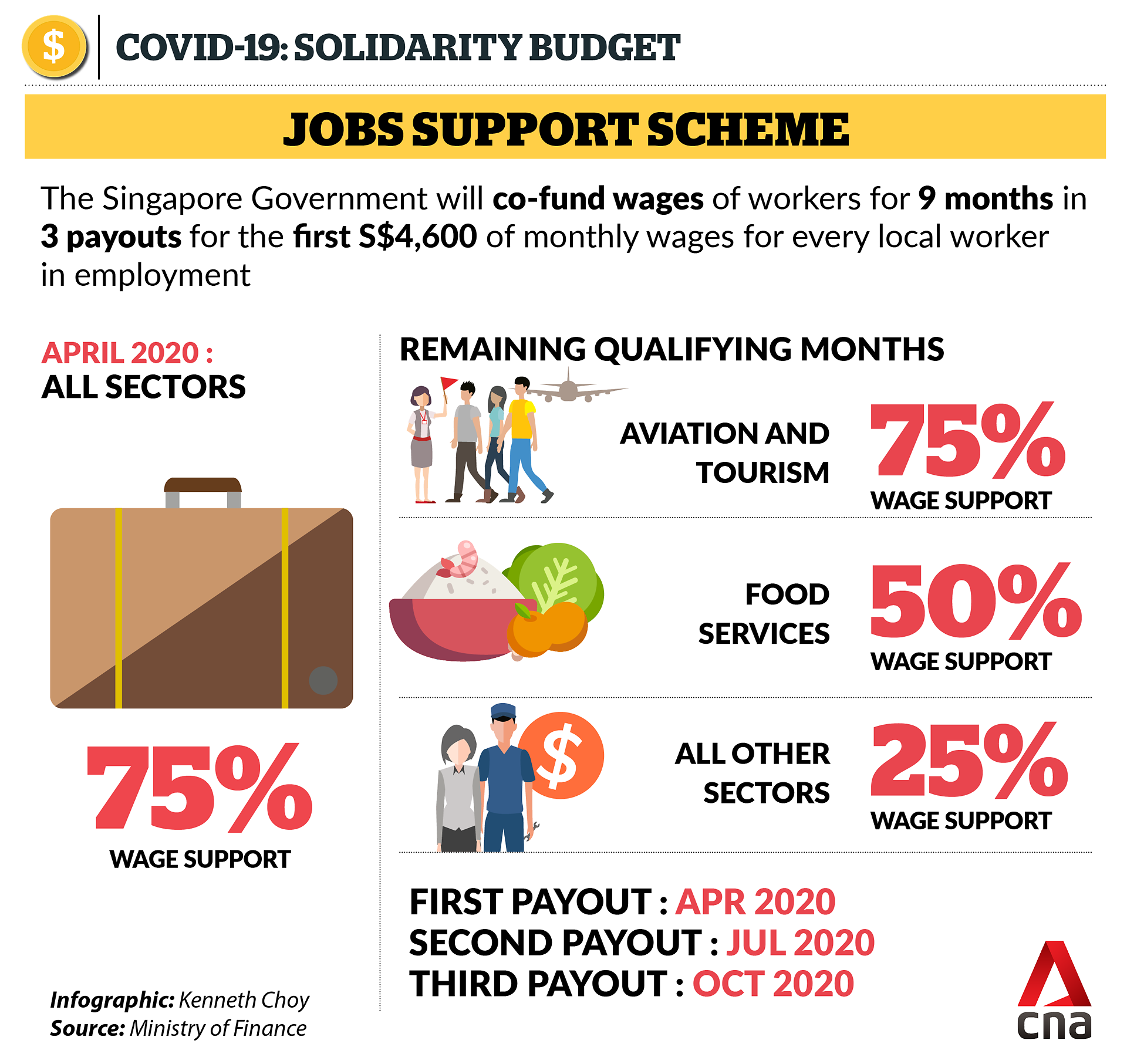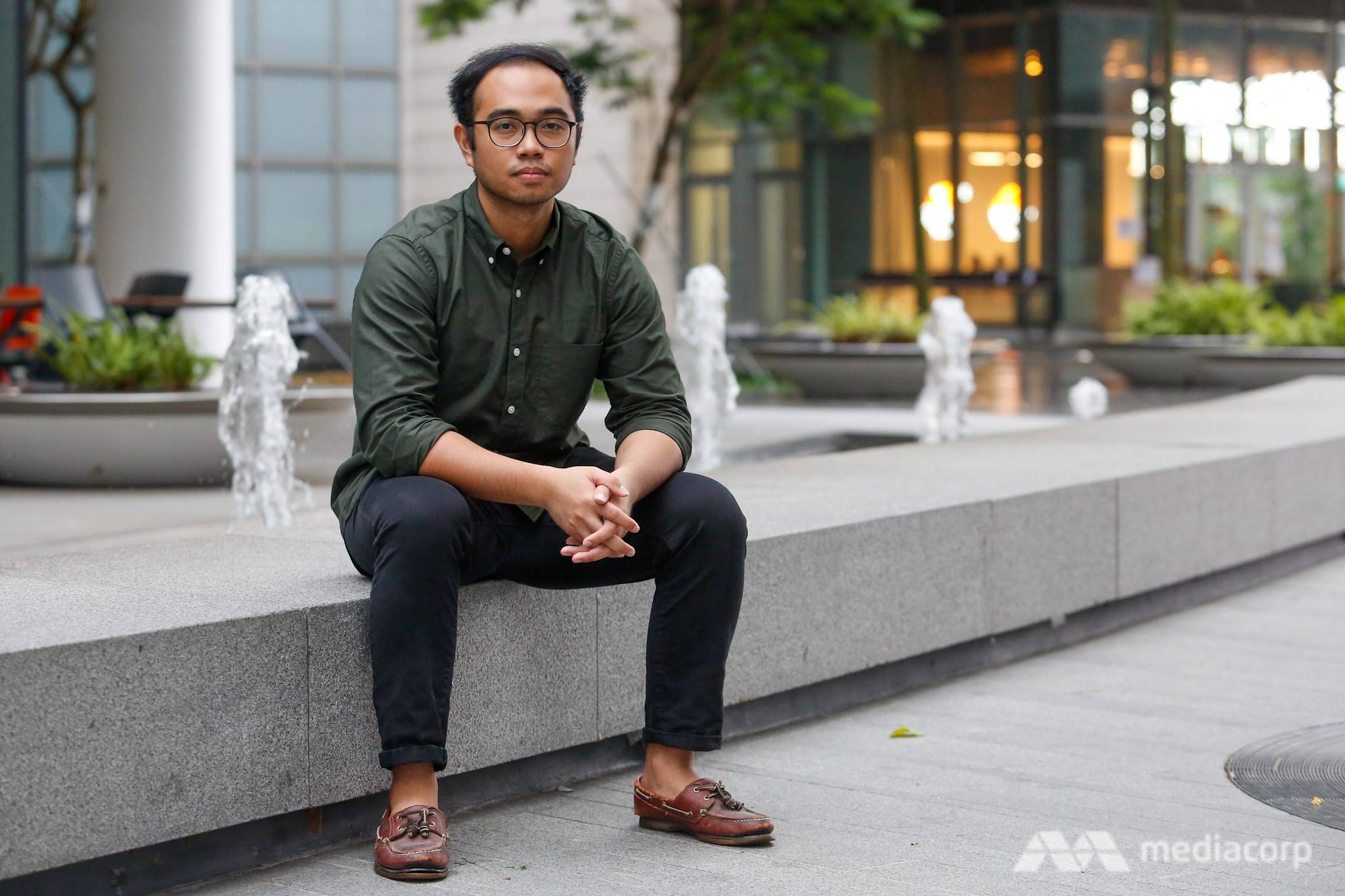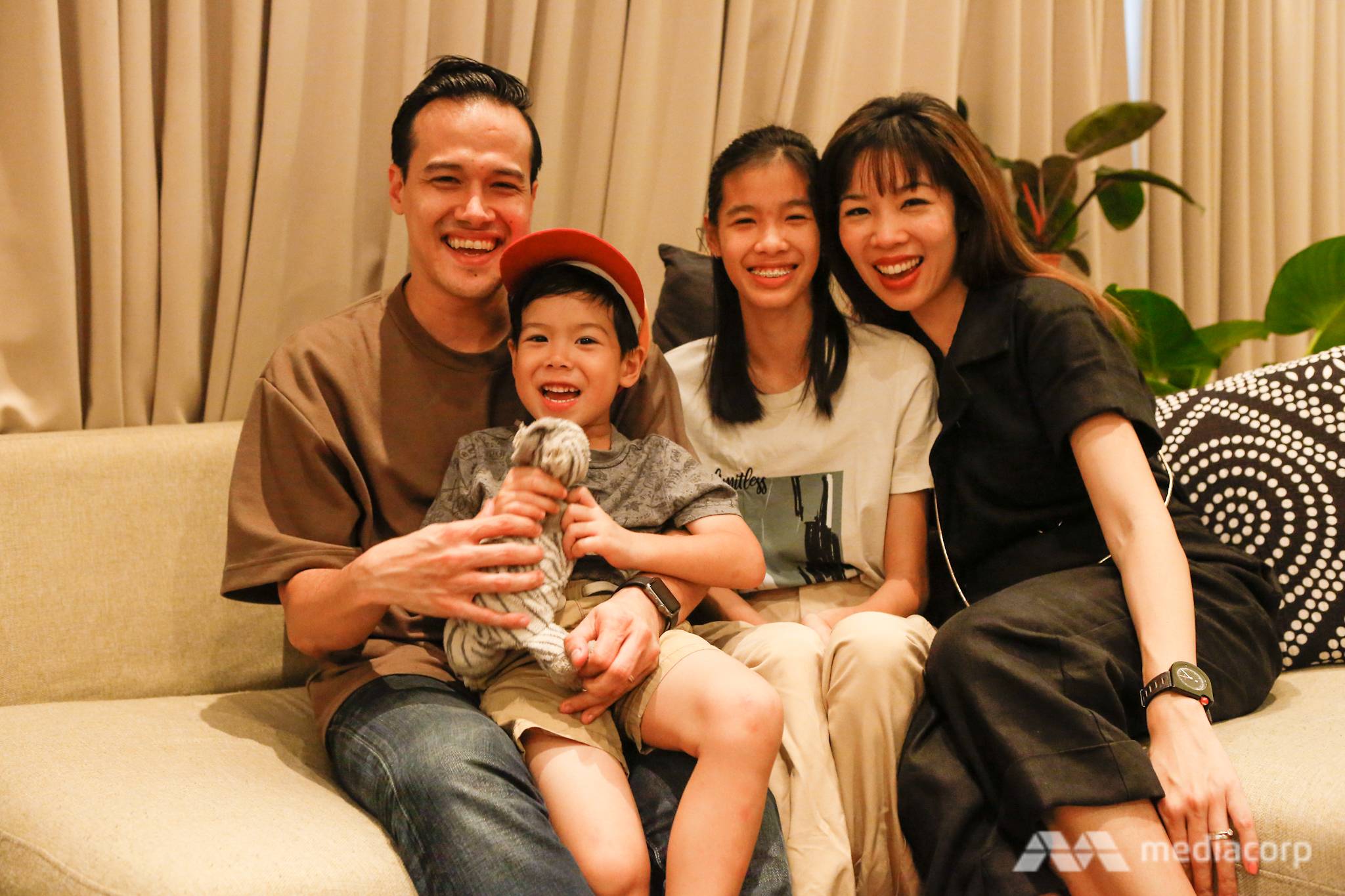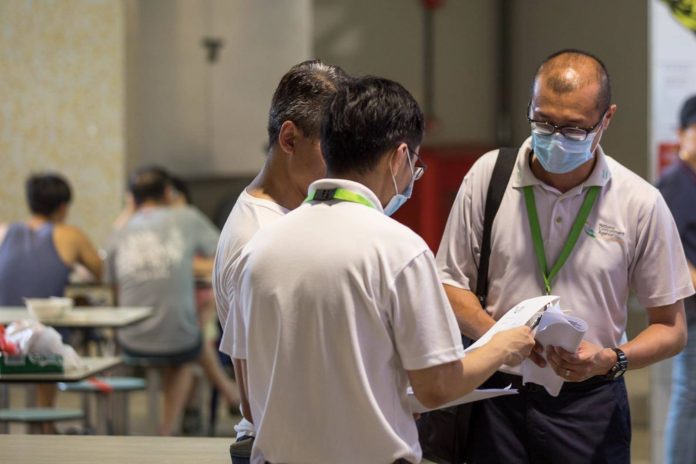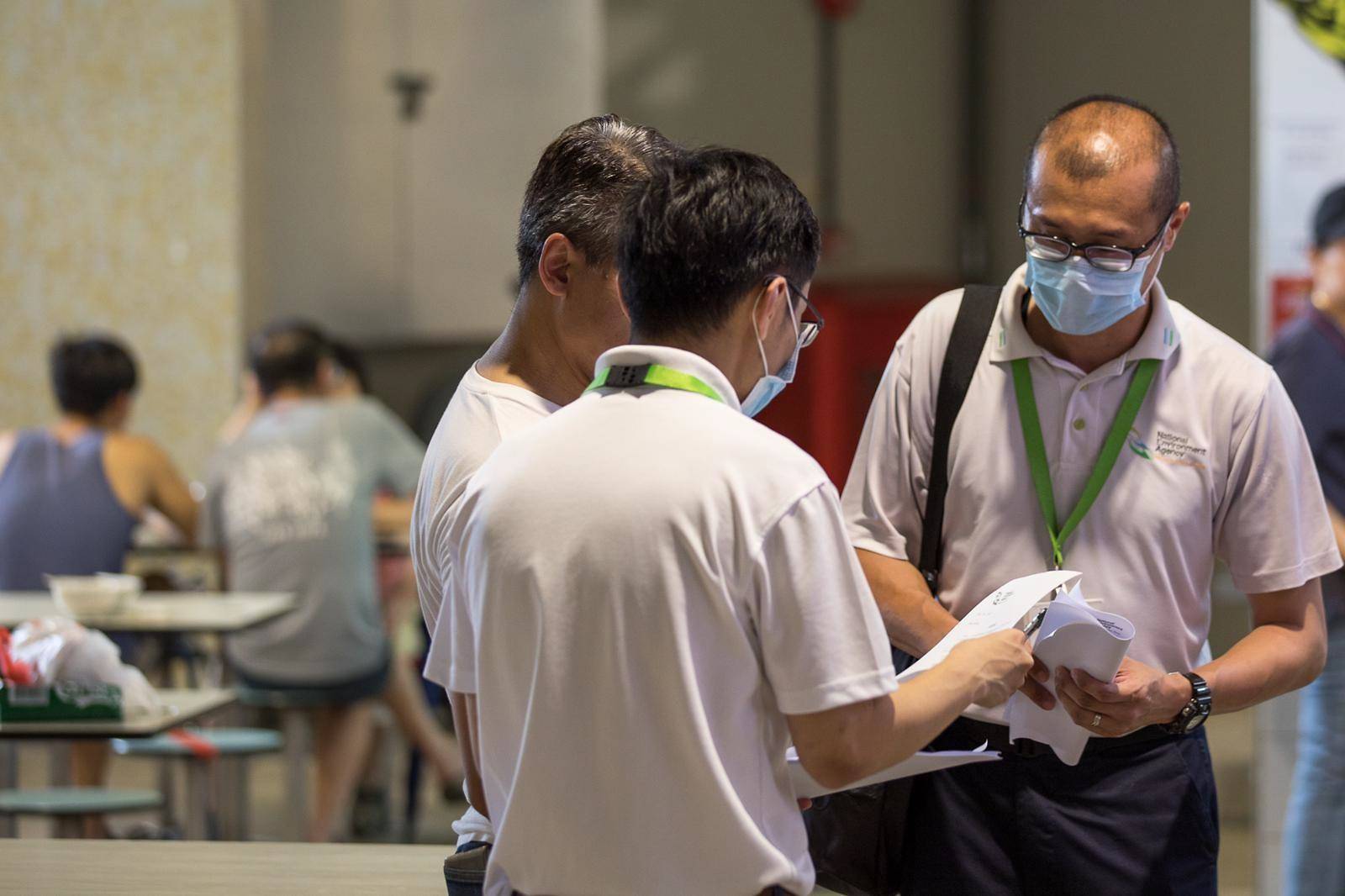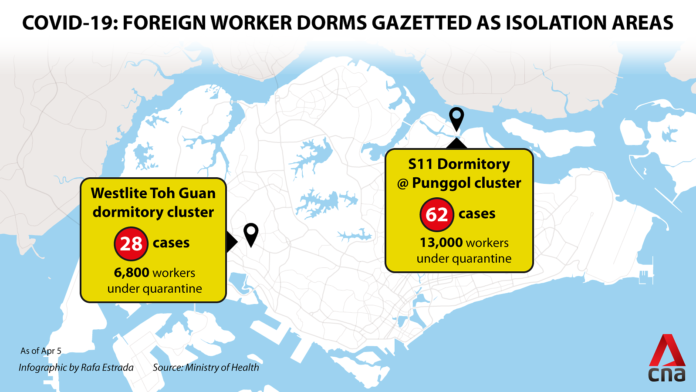SINGAPORE: As the COVID-19 pandemic rages on worldwide, a new digital normal seems to be emerging from the disruption to regular routines and behaviours. People are working remotely, and attending classes and religious services online.
Even annual mass sporting events are adapting to this new normal. People are organising their own virtual runs, where runners download an app, decide on when and where exactly to run (including on treadmills), and the app will record the distance and speed of each participating runner.
If anything, this crisis underscores how adaptive human beings are. Individuals and businesses alike are embracing digital transformation and adopting innovative approaches in response to a volatile, uncertain, complex and ambiguous situation.
READ: Commentary: Five considerations for a clear-minded coronavirus response
READ: Commentary: The heavy lifting needed to get Singapore through the COVID-19 slump
ONLINE GROCERY SHOPPING
COVID-19 has similarly revealed the potential – and the limits – of Singapore’s online shopping sector.
The outlook for Singapore’s retail industry was bleak even before the coronavirus crisis went into high gear. Singapore’s retail sales dropped by 5.3 per cent year-on-year in January 2020, the 12th straight month of fall.
But it’s a different story for Singapore’s grocery market, which is expected to be worth S$9.9 billion by 2023, up 14.5 per cent from 2018, according to research firm IGD Asia.
Online grocery shopping is the fastest-growing slice of the pie, with Alibaba-backed RedMart dominating the scene and NTUC FairPrice continuing to invest in online platforms.
Traditional, smaller players are also eyeing the online grocery scene. Many traditional small wet market grocers have taken to online channels to hawk products, conduct online auctions and even to carry out customer relation-building, for example, passing tips on how to prepare dishes using their products.
READ: Commentary: Give workers permission to disrupt – one way Singapore businesses can accelerate digital transformation
People stand behind markers as they practice safe distancing while lining up to buy food at a supermarket in Singapore, Apr 3, 2020. (Photo: Reuters/Edgar Su)
COVID-19 may accelerate the growth of Singapore’s online grocery sector. When the Disease Outbreak Response System Condition (DORSCON) level was raised to Orange, Singaporeans did not just flock to physical supermarkets, but also loaded virtual carts with groceries from online platforms.
RedMart’s weekly average number of orders tripled, while FairPrice said that demand for online orders exceeded that during the Lunar New Year period.
With government directives to allow workers to work-from-home and to avoid non-essential trips to shopping malls, this trend of online shopping among Singaporeans is likely to persist. After authorities encouraged Singaporeans to purchase food and groceries online, Amazon Prime, FairPrice and Redmart have been swamped with orders, preventing them from providing enough delivery slots for online purchases.
READ: Commentary: Singaporeans queued for toilet paper and instant noodles – there is no shame in that
READ: Delivery slots run dry as more turn to online grocery shopping amid COVID-19 concerns
OVERCOMING CAPACITY LIMITS
Even as early digitalisation investments are paying off, the current inability to fulfil delivery of online purchases suggests digitalisation effort by these businesses have only been focused at the customer-facing end.
While this is a good start, resourceful and more ambitious businesses should also look to leveraging digital technologies to transform their business and enhance supply chains to meet surges in demand.
One suggestion is for supermarket chains to integrate their online shopping platforms with the stock-holding information of their physical branches.
READ: Commentary: The COVID-19 pandemic will accelerate a shift to digital payments
READ: Commentary: In the time of coronavirus, China is revolutionising deliveries and e-commerce
This will enable them to avoid loss-of-sale scenarios where stocks of particular products have run out on the online shopping platform, but excess stocks may reside in specific physical branches. They can then offer customers the option of picking up their purchases at physical branches, especially during times of insufficient delivery slots.
Another possibility is for online shopping platforms to partner with businesses that specialise in delivery fulfilment such as Deliveroo, GoGoVan, Grab and Ninja Van. Already, the Government has allowed taxi and private-hire car drivers to make grocery and food deliveries, given how these drivers are struggling with reduced passenger demand.
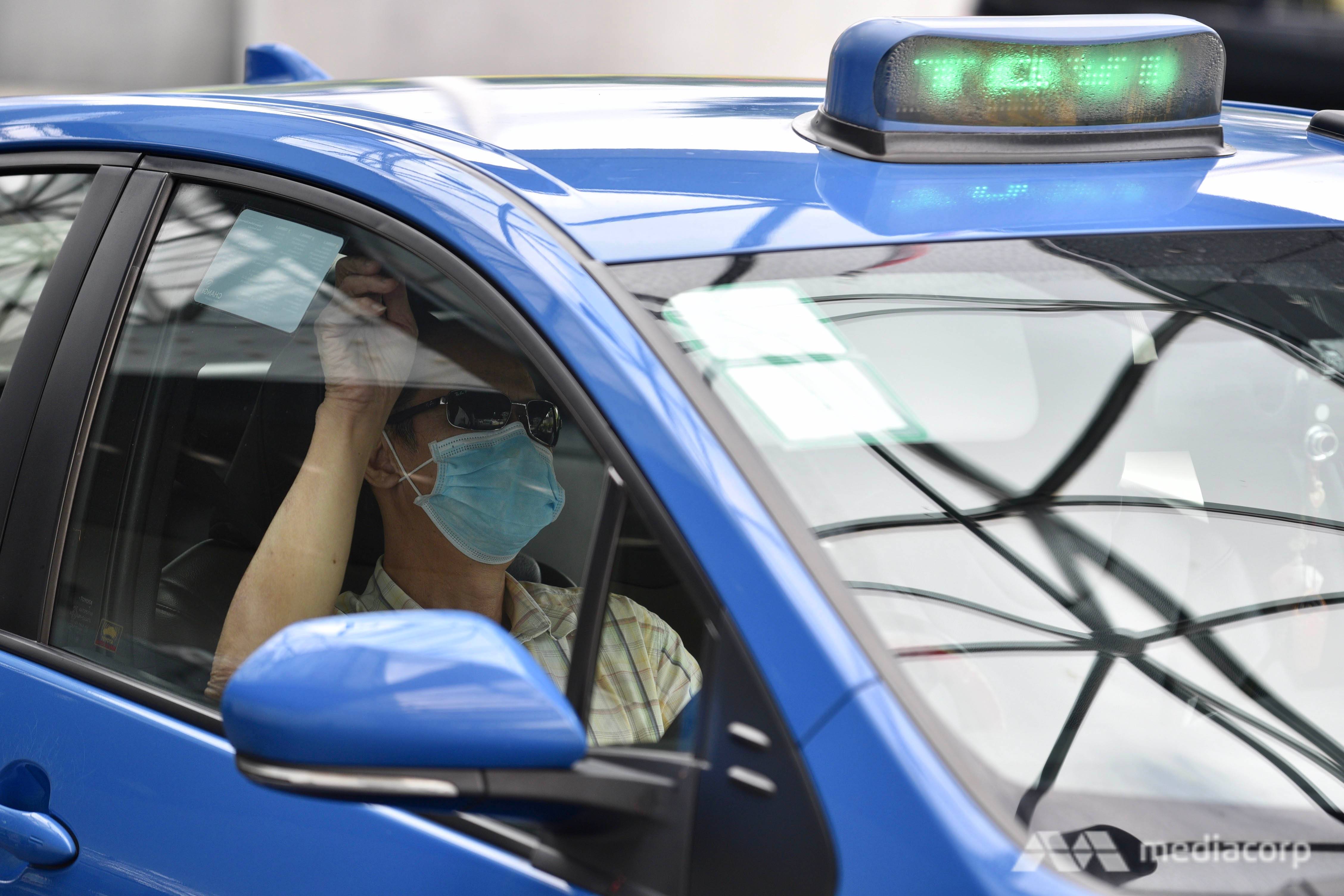
A taxi driver waits for passengers outside Swissotel The Stamford (Photo: Jeremy Long)
LUXURY GOODS
The coronavirus has cast a bigger shadow over luxury and durable goods, like clothing and furniture, compared to daily necessities. A recent study by Italian trade association for luxury brands Altagamma, in association with Boston Consulting Group, predicted that the global luxury sales could scale down by US$33 to US$44 billion.
Despite the difficulties, leading luxury groups have responded quickly to the crisis through innovative cause marketing approaches and digitalisation.
READ: Commentary: COVID-19 proving to be a business opportunity for some companies
READ: Commentary: In the time of COVID-19, China is revolutionising deliveries and e-commerce
LVMH, the parent company of Louis Vuitton, Dior, Givenchy and Marc Jacobs, has directed perfume and make-up facilities to produce hydroalcoholic gel, used in hand sanitisers, for donation to fight the contagion.
Other companies, including Kering (which owns Balenciaga and Saint Laurent) and Coty (the parent company of Gucci and Burberry), have also joined the initiative to make healthcare necessities.
These moves not only address societal needs and expectations in the near-term, but will also contribute to their brand development in the long-term.
LISTEN: COVID-19 and safe distancing – why this can save lives
READ: Commentary: COVID-19 – time for businesses and workers to have the guts to embrace the new normal
Some luxury retailers have even managed to multiply their profits from embracing digitalisation in a time of COVID-19. Valentine’s Day is a lucrative day for many retailers globally, but China was in a national lockdown, with retail shops shut.
Instead of gaping at their potential losses, the quick-thinking executives at Louis Vuitton launched an exclusive Valentine’s Day online pop-up store via WeChat, where customers were able to seek pre-sale and post-sale consultation and place orders online. As a result, Louis Vuitton doubled its Valentine’s Day online revenue from a year ago.
Intime Shopping Centre in Hangzhou, China offers another prime example. Shop assistants at the shopping centre were turned into livestreaming vloggers to promote their products.
Within a 3-hour livestreaming session, the number of customers that a vlogger engaged was equivalent to the customer traffic flow in half a year. The total sales revenue for a 3-hour livestreaming session was comparable to that of one full week.
READ: Commentary: Despite the huge e-commerce challenge, the Singapore mall is fighting back
Staff members wearing face masks get ready for a ceremony before a Gucci store inside a shopping mall opens in Wuhan, Hubei province, the epicentre of China’s coronavirus disease (COVID-19) outbreak, March 30, 2020. REUTERS/Aly Song
These demonstrate that through digitalisation, innovation and agility, businesses need not come to a complete standstill in the face of an otherwise debilitating COVID-19 lockdown.
WILL THE NEW NORMAL PERSIST?
A recent survey by Kantar in China revealed that 65 per cent of consumers were looking forward to eating out with friends and family most after lockdown, with shopping a close second at 58 per cent. It looks like most consumers will likely return to their consumption habits once the pandemic is brought under control.
But it will be difficult to close Pandora’s Box once it has been opened. Even when most consumers may return to old habits, those who have found value and satisfaction with their online experience may persist with their online consumption.
There is also a good chance for the emergence of a “newer normal” where consumption habits become dualistic, where consumers continue to buy online even as they return to their old habits of tactile consumption. The choice between the two will likely be down to which can offer better value.
LISTEN: Goodbye brick-and-mortar, hello online shopping?
READ: Commentary: The future of Singapore e-commerce is in brick and mortar
Moreover, the newer normal may not even be choosing between the two but an integration of both channels.
For example, a consumer may decide to visit a physical store after viewing a product promotion over a livestreaming session on social media. After trying out the product at the physical store, he may then compare prices and product reviews online before making an online purchase and having the product delivered to his home.
Business that have undergone digital transformation can have the capability to collect data along the consumer decision journey, strategically design their online content and offline experience to optimise the customer’s value across various touchpoints.
PREPARING FOR A NEWER NORMAL
Understandably, it can be tempting for businesses to go into cost containment mode given the gloomy economic outlook.
A man wearing a mask in precaution of the coronavirus looks on along the Marina Bay Waterfront Promenade in Singapore February 19, 2020. REUTERS/Edgar Su
READ: Commentary: Singapore has a New Deal. We call it the Resilience Budget
However, there is now a unique opportunity, in the form of the pro-business packages presented in the initial 2020 Unity Budget and the Resilience Budget. The former, for instance, sets aside S$8.3 billion to help companies scale up by strengthening business ties and improving capabilities.
Businesses can draw on such schemes to embark on digital transformation and adopt innovative approaches. These can help them level up and deliver better value to their customers in a new digital normal.
The Unity Budget too will not only help businesses tide through an economic downturn triggered by COVID-19, but will also prepare them to be more agile in facing an increasingly digital world.
BOOKMARK THIS: Our comprehensive coverage of the coronavirus outbreak and its developments
Download our app or subscribe to our Telegram channel for the latest updates on the coronavirus outbreak: https://cna.asia/telegram
Chong Guan is Associate Professor and Head of the Marketing Programme at the School of Business, Singapore University of Social Sciences (SUSS); and Calvin Chan is Associate Professor and Director of Office of Graduate Studies, SUSS.
